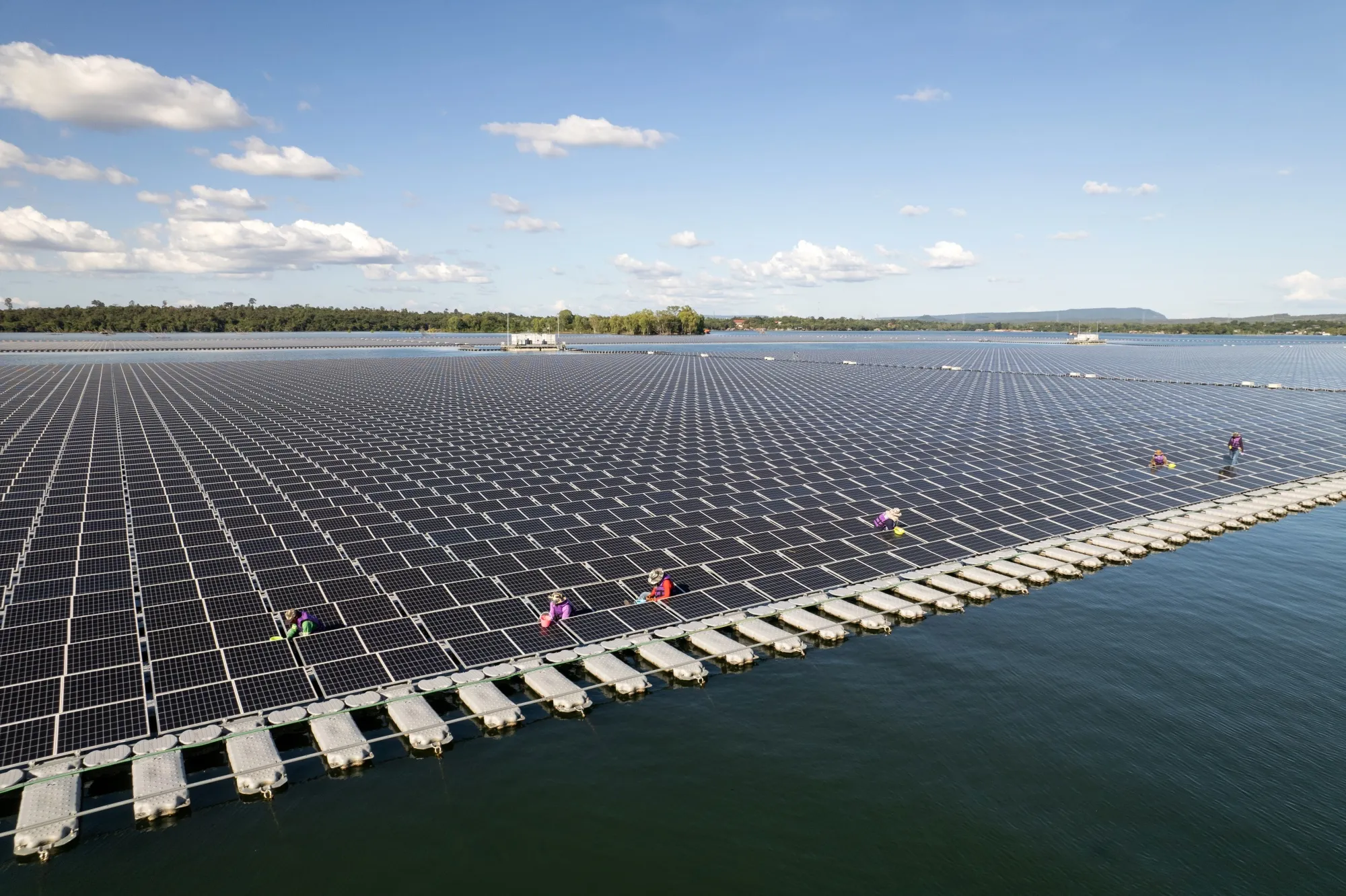Thailand has taken a major step toward renewable energy leadership with the launch of the world’s largest floating solar power plant on the Sirindhorn Dam. Covering approximately 720,000 square meters, the hybrid solar-hydro facility generates over 45 megawatts of electricity—enough to power tens of thousands of homes.
The project, spearheaded by the Electricity Generating Authority of Thailand (EGAT), combines solar panels with existing hydroelectric infrastructure to ensure consistent energy supply, even during periods of low sunlight. This hybrid system stabilizes electricity production, overcoming one of the main limitations of traditional solar power.
Floating solar farms offer additional benefits: they reduce water evaporation from reservoirs and operate at higher efficiency due to cooler temperatures on water surfaces. The Sirindhorn project is expected to reduce annual carbon emissions by 47,000 tons, helping Thailand meet its climate commitments under the Paris Agreement.
The project also serves as a model for other nations grappling with limited land space for renewable energy infrastructure. Countries in Asia, Africa, and the Middle East have already expressed interest in replicating the model.
Despite its promise, floating solar technology faces challenges, including high initial costs, maintenance complexities, and environmental concerns over aquatic ecosystems. However, EGAT has worked closely with environmental agencies to monitor and minimize ecological impact.
As global temperatures rise and energy demand increases, projects like Thailand’s floating solar farm demonstrate the innovative potential of sustainable energy solutions in the fight against climate change.


















Fausta
Oooh
hossman
Solar technology
Suhuyini
Okay
Marena25
Good